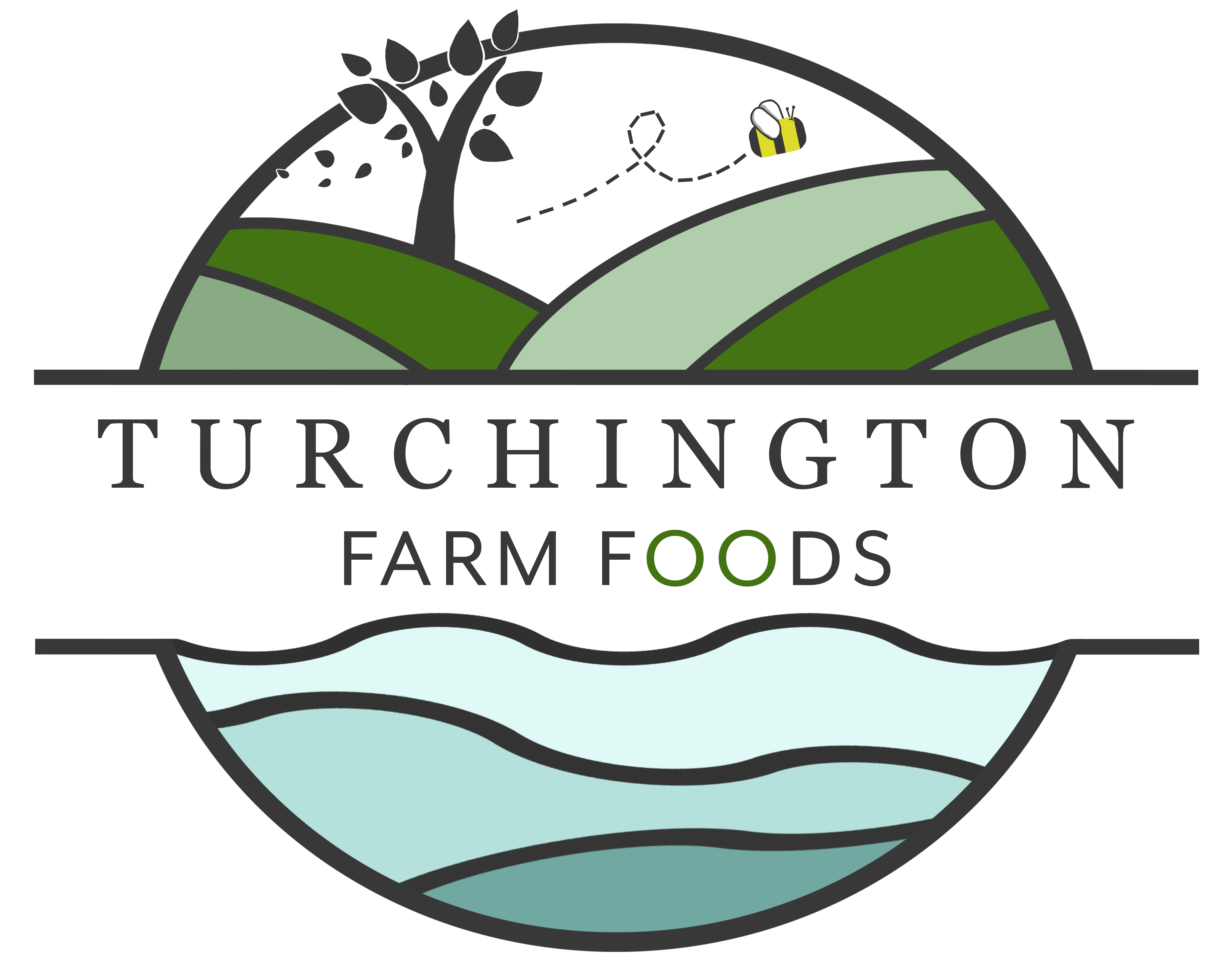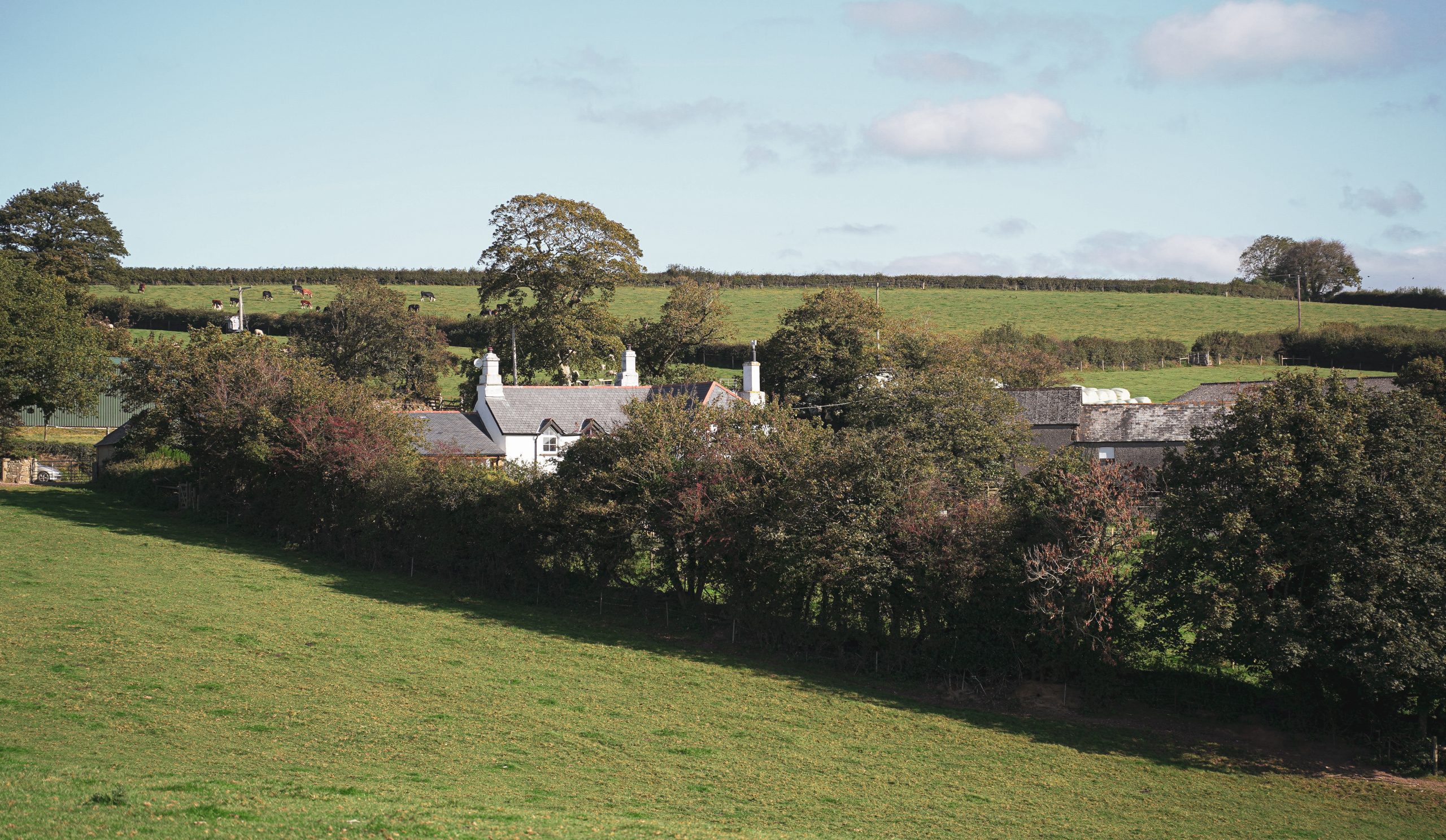In this blog I am covering, Autumn, grass growing, feeding and the over usage of man made fertiliser.
October for a long time now often turns into a beautiful month and this year it hasn’t failed us. We have had warm golden sunshine to bounce of the beautiful colours of dying leaves, crispy cold mornings and even the geese have changed their flight paths to give us a good morning most days. We have also been our planting our daffodil bulbs next to our newly erected fence to brighten things up in the spring. The key message of autumn being for me, you must let go of the old to embrace and look forward to the new life to come.
Autumn is one of my favourite seasons, I love the crisp morning air and seeing the spider’s webs lying in the grass in the dew. It’s also a great time to reflect on the year as we have got all the harvest into the pit and barns, and where it looked particularly bleak at the beginning of the year for us, because we had a long cold dry winter reaching right into May, it actually turned out well in the end.
A long cold snap meant that the grass wasn’t really growing until about June when it normally starts in March, which then begged us to ask the question how are we going to produce enough feed for the winter? I had done some rough calculations that we needed 900 bales of silage or hay to feed all the cattle and sheep in the following winter. We were happy with whatever we could get and as it happened, we made more hay than we have in years. 900 bales were the very least as many farmers like to have a good stock in case we get caught out the following year. Like we did this year only have 13 bales left in stock, but as it turns out we managed to get 1000 in total. We were sure glad the grass started growing in June because everywhere looked like the dessert.
This lack of grass growth did mean however it was necessary for us to add artificial fertiliser, and although going forward it is our mission to completely wean the farm off its reliance of fertiliser, it’s a fine balancing act of how to stop using it and still get the grass to grow. We have however moved from the granular bagged fertiliser which burns if you stick your hand in it, I learnt this from personal experience as an inquisitive child! Instead, just applying a liquid nitrogen to give the old grassland the pep up it needed to grow.
The old grasses we have grown on this farm have become reliant on man made fertiliser as they have been used for nearly 100 years now. They were bought in during/after the 2ndWorld War to enable the country to grow more food.
Who knew though that farmers would be seeing their own epidemics on farms 4 generations later, and passing them off as normal. By this I mean that artificial fertiliser was killing everything from soil, to plants to animals and we stopped noticing and wondering if this should be happening.
Sayings such as “it’s a sheep, they always have lame feet” or
“what do you expect it’s a sheep they just die” ringing in my ears lies that I had been believing right up until about 3 years ago when I did a farm homeopathy course, and the women at the front of the room told us she had retired her sheep from lambing at 20 years old! She had had about 18-19 lambing’s!
I was like what? Why then do we get 5/6 lambing’s if we are lucky from our sheep?
The answer because they have such an underlying systemic need for the minerals and nutrient’s they should be getting from the plants they are eating. But they aren’t because the use of artificial fertiliser for the last 4 generations has killed the soil’s ability to speak to the plants and provide them what they need. Locking up vital nutrients to keep our poor sheepies alive.
We have instead of looking to the amazing living organism which is soil been encouraged through the government and sales people over generations, that our sheep need mineral buckets, compound feeds, and medications to keep them healthy. Which is actually complete and utter bullshit.
This has proven incredibly costly to the farmer in time, finances and resources leaving us all wondering why the heck it isn’t working this farming malarky?
I am only now waking up to this reality, and the more I think about it the more I can see the damage that we have done, because we stopped believing that nature could provide everything we possibly need. Thinking again that us humans know best as we have done since the beginning of human beings.
One good thing about a dry October on a very free draining farm (which isn’t always a positive thing) is that the cows and cattle are still out in the fields grazing and coming into the sheds to have a nibble of something yummy being hay or silage if they want it. The grass at this time of year as it has put all its energy into growing and is now winding down for the winter starts to get a but slushy and this means the cows start mooing at us to feed them something else. Fibre or dry matter is important in the diet of a ruminant as they are power houses of energy for meat and milk production and so they basically moo at us when they have tummy ache, which reduces the meat and milk production and makes some fine sloppy flying poops come out the back end. As our bull demonstrated nicely this week right outside the back door.
So that’s October in a nut shell, although I hadn’t mentioned we have just collected the beef from the 2 beef cattle we have done for our direct selling business Turchington Farm Foods, which is exciting because it means, fully grass fed, hung for 28 days steak will be back on the menu.
Yummy x
Leanne Barriball- The Devonshire Shepherdess


